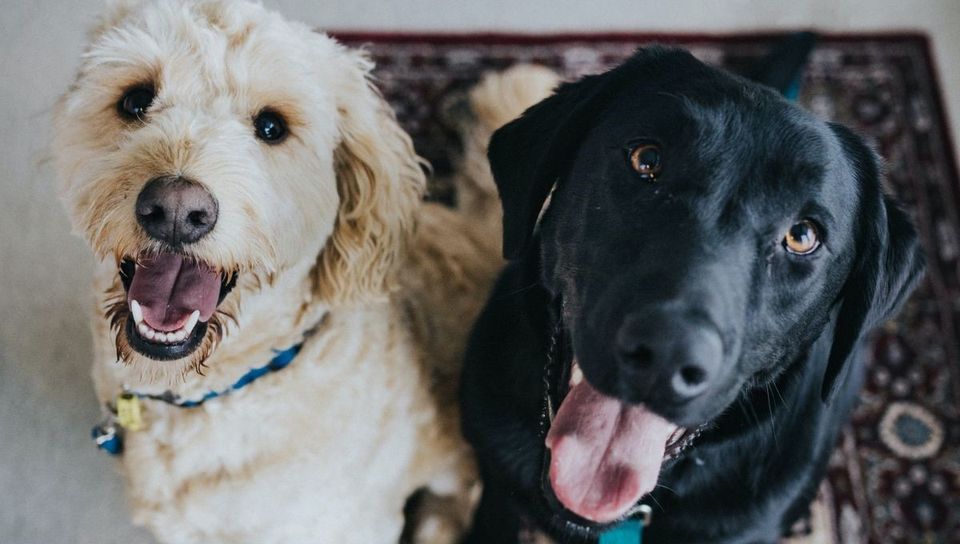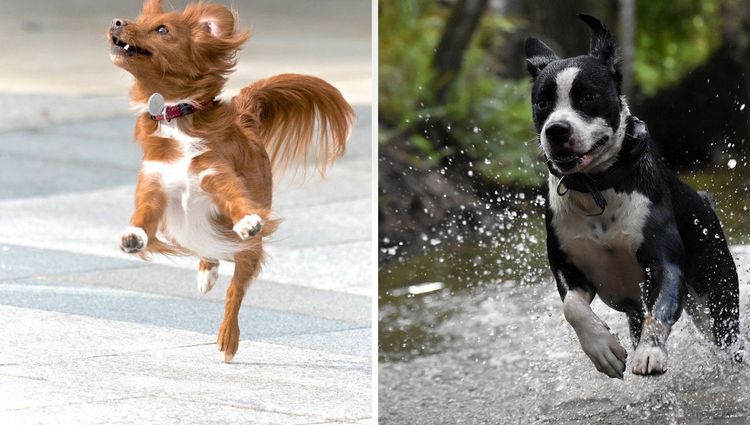Which Dog Training Method is Right For Me?

As a pet parent, having an obedient and well-behaved pup is probably a priority. Knowing how to best train your dog can be overwhelming, but the good news is that there are lots of different types of training methods you can use to get the desired behavior from your furry friend.
From clicker training to positive reinforcement and more, let's take a look at all the various ways you can teach your dog good habits while still having fun!
Positive Reinforcement
This method involves rewarding your dog for good behavior, and is great for teaching basic obedience commands like sit, stay, come, and heel.
Clicker Training
Clicker training is based on positive reinforcement and uses a clicking sound to signal to your dog that they have done something right. It's great for shaping more complex behaviors like agility training.
Treat Training
Similar to positive reinforcement training, treat training involves using treats as rewards for good behavior. It's great for teaching dogs new tricks or reinforcing basic obedience commands.
Relationship-Based Training
This method focuses on building a strong bond with your dog through play, affection, and communication. It's great for improving socialization skills and reducing anxiety in nervous dogs.
Alpha Dog Training
Alpha dog training is based on the idea that dogs are pack animals and need a strong leader to follow. It involves establishing yourself as the "alpha" in your household and using dominance techniques to train your dog.
Electronic Collar Training
This method uses an electronic collar to deliver a shock or vibration as a correction when your dog misbehaves. It can be effective for certain types of behavior problems but should only be used under the guidance of a professional trainer.
Leash & Collar Training
This method involves using a leash and collar to control your dog's movements and correct bad behavior. It's great for teaching basic obedience commands but can be harsh if not done correctly.
Mirror Method Training
The mirror method focuses on mirroring your dog's body language to build trust and improve communication between you and your pet.
Koehler Method Training
Developed by William Koehler in the 1940s, this method uses harsh corrections like physical punishment or choke chains to train dogs quickly but can be controversial due to its use of force.
Relationship-Based Behavior Modification (RBBM)
Similar to relationship-based training, RBBM focuses on building trust between you and your dog while also addressing specific behavior issues like aggression or anxiety.
Punishment-Based Training
This method relies on punishing bad behavior rather than rewarding good behavior, which can lead to fear or aggression in some dogs if not done correctly.
Scientific Training
Based on behavioral science principles, this method takes into account each individual dog's personality traits and learning style to create customized training plans that are both effective and humane.
Balanced Training
This approach combines elements from multiple training methods depending on what works best for each individual dog and situation.
Conclusion
Overall, dog training is an extremely valuable skill for any pet owner and can provide lifelong benefits for both you and your canine companion. Whether you choose to train your pup yourself, use a professional trainer, or utilize the guidance from an online course, there are many successful methods to choose from.
Not only that, but it is also important to remember that learning is a two-way street. Dogs learn from us and we learn from them; training isn't just about teaching a new command but also understanding how to create a healthy bond of trust and respect between owners and their furry friends.
Taking the time to research different types of training will help ensure you find the right one for your pup. And with patience, consistency, and positive reinforcement, it won’t be long before you can trust your furry pal’s behavior in all kinds of environments!
Remember that every dog is different, so it may take some trial-and-error to find the right type of training that works best for you and your pet!
You may also like to read this article...





